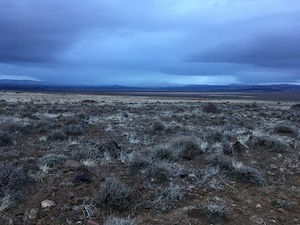Saved by a Pigeon
By Patsy Wood
While we may not realize it, an estimated 100,000 carrier pigeons served in the U.S. military in World War I and 95% of these pigeons were successful in completing their missions. Carrier pigeons were crucial messengers of information between humans during the war and due to the efforts of a single pigeon I am here today.
When my grandfather, Daddy Jack, left college in 1917 to enlist as a Navy pilot in World War I, he was commissioned as an Ensign, earning his aviator certificate before being sent to Florida for basic training. From there he was assigned to the Royal Naval Air Service in Norwich Great Britain where he flew fuel and supplies to the front lines in France, defended London against zeppelin raids and engaged in anti-submarine patrols against German U-boats.
The planes he flew were Sopwiths and Snyders. These single seater aircrafts with two pontoons and two machine guns carried 65 pound depth charges to use against submarines. Because this was the age before on-board radio, each plane enlisted a carrier pigeon trained to fly messages back to the base in Britain in case of emergencies. These pigeons were trained to alight on a seesaw at the naval base in Norwich where they were fed. The rocking of the seesaw rang a bell, alerting base personnel to the pigeon’s arrival so messages could be received quickly.
On one fateful mission, Daddy Jack’s plane was shot down over the North Sea. As his plane crashed into the water, my grandfather secured his carrier pigeon and swam to a nearby buoy where he released the bird, attaching a message with his coordinates to a small capsule on its leg. Just as it was trained to do, the pigeon flew back to the base enabling my grandfather to be rescued and brought home alive.
My grandfather was lucky that one of his duties as a naval aviator was to check the location of buoys on the routes he flew, but without his carrier pigeon, he likely would have perished.
Because of this single carrier pigeon, my mother and aunt, their eight children, 11 grandchildren and 10 great-grandchildren are alive today. My family owes that pigeon a huge debt.
 Franco-British carrier pigeon getting ready to send a message
Franco-British carrier pigeon getting ready to send a message
So how is it that pigeons have the capability to be such effective message bearers? Studies have found that pigeons will find their way home even if blindfolded when they are released from distant places.…

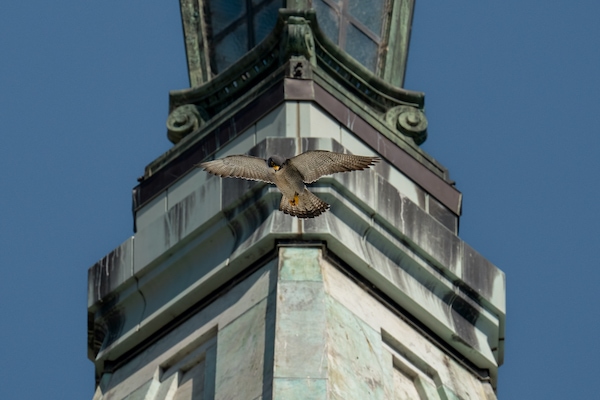

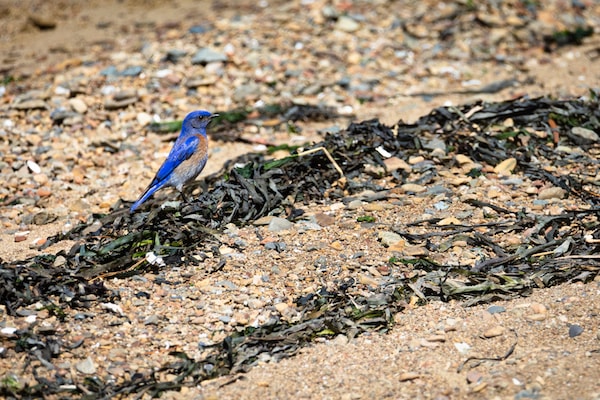 Western Bluebird at Point Molate Beach by Allen Krakauer
Western Bluebird at Point Molate Beach by Allen Krakauer
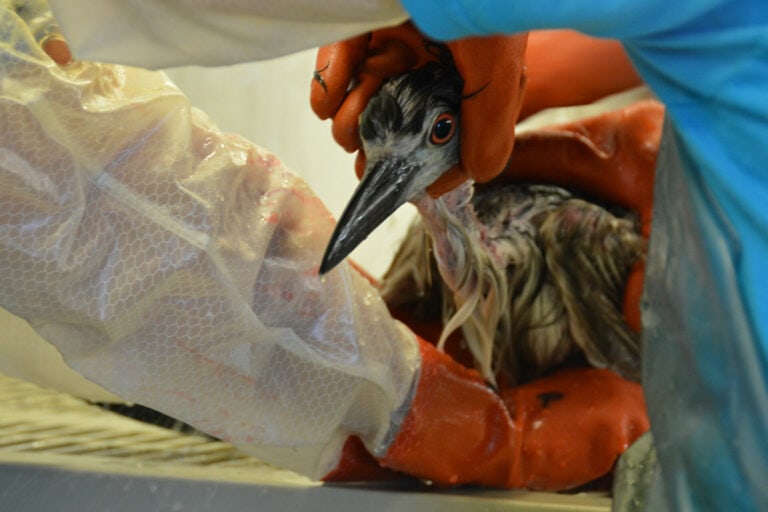
 Herons in Ficus Trees, Downtown Oakland by Allison Garvin
Herons in Ficus Trees, Downtown Oakland by Allison Garvin
 Dead Heron fledgling by Allison Garvin
Dead Heron fledgling by Allison Garvin
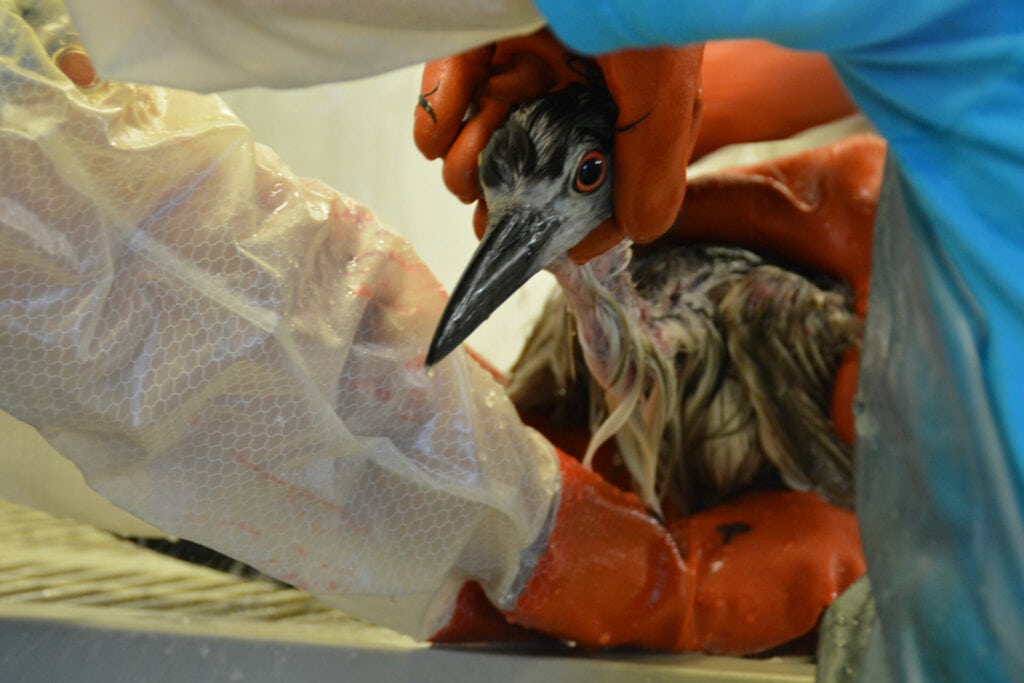 Oakland Heron being washed by Isabel Luevano
Oakland Heron being washed by Isabel Luevano
